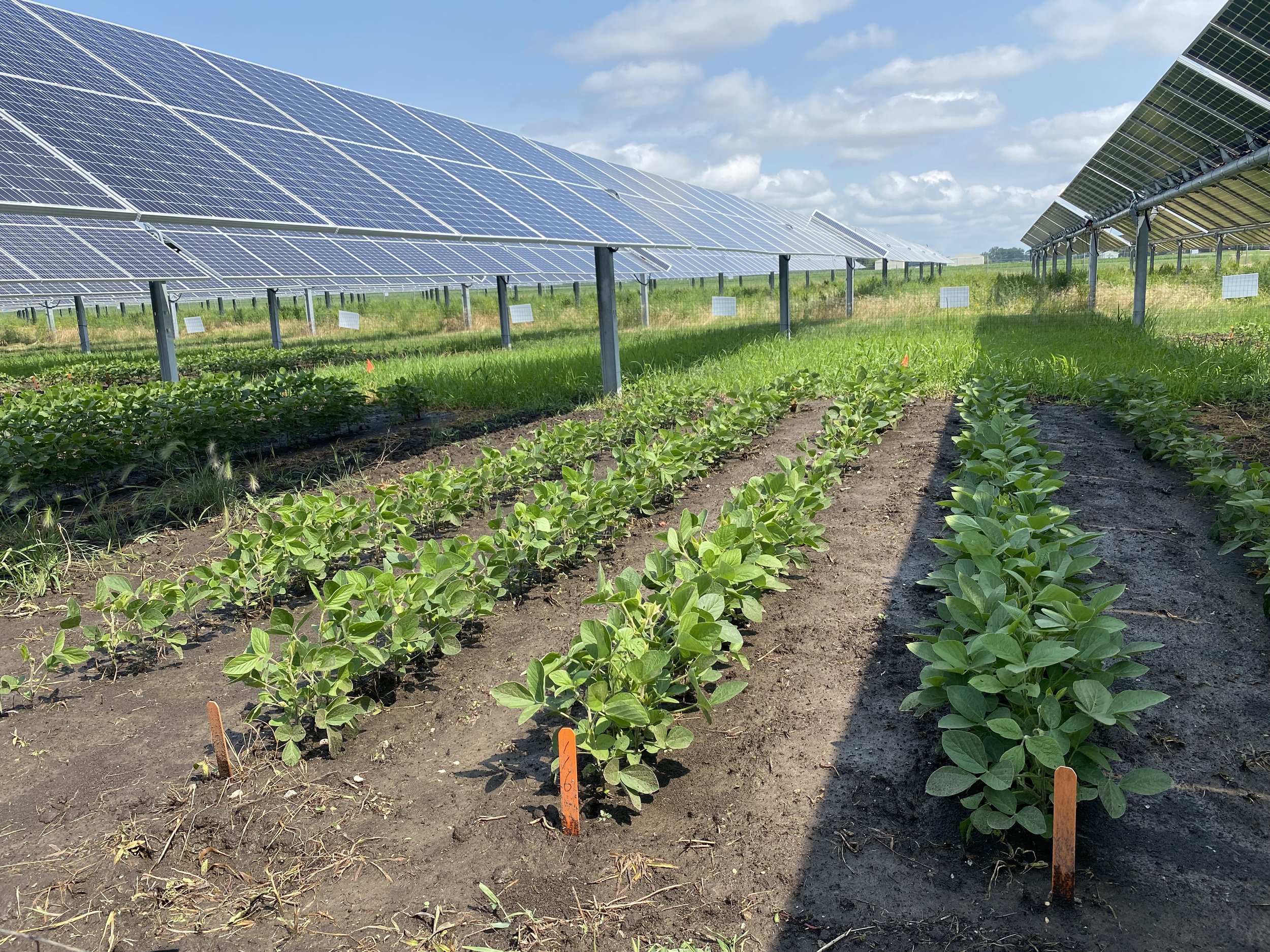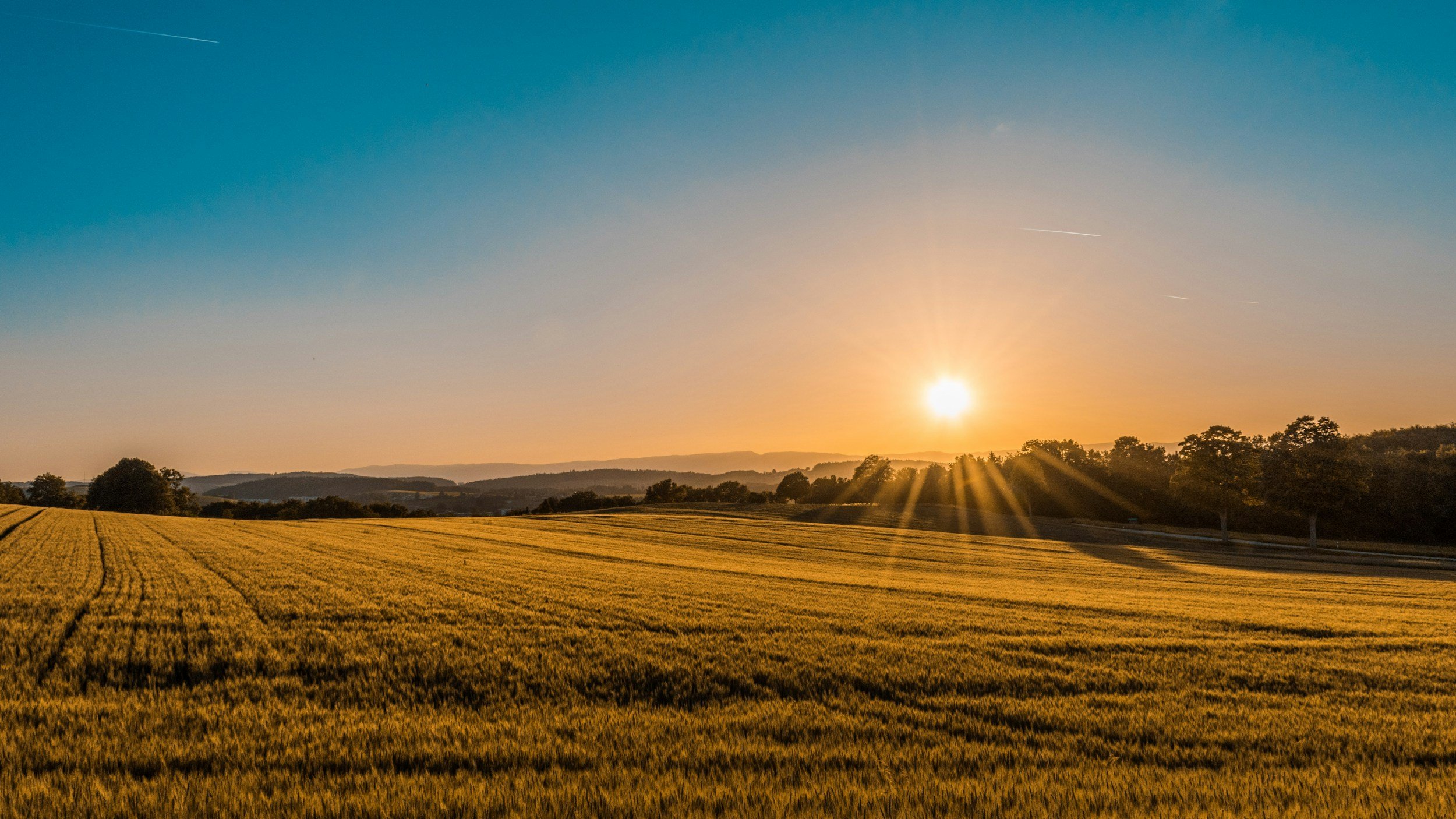
Agrivoltaics: Farming + Solar
What is Agrivoltaics?
It can mean something a little different to everyone.
But at Farmers Powering Communities, we define agrivoltaics as the intentional integration of solar energy production with agricultural activities on the same parcel of land.
This dual-use approach yields multiple benefits for landowners, developers, and communities. It allows farmers to maintain agricultural operations, such as grazing livestock or cultivating crops, beneath or between arrays of solar panels. It provides a sustainable method for generating food and renewable energy concurrently, thereby optimizing land use efficiency.
A tractor in between solar panels at Jack’s Solar Garden in Longmont, Colorado. (Photo by Werner Slocum / NREL)
What are the Benefits?
Increased farm income: Landowners can continue to lease their land for crop production (or grow crops themselves) while also generating solar power. This can add a consistent, long-term revenue stream to farm businesses.
Improved crop resilience: The shade from solar panels can create beneficial microclimates for crop growth while simultaneously protecting crops from extreme heat and drought.
Improved water-use efficiency: Research shows that the shade from solar panels can reduce the amount of water needed for some crops.
Improved sustainability: When implemented correctly, agrivoltaic projects can enhance soil health, provide habitats for pollinators and wildlife, and promote biodiversity within and surrounding the arrays.
Types of Agrivoltaics
-

Solar Grazing
Grazing solar arrays is currently the most popular form of agrivoltaics in the country. The American Solar Grazing Association estimates that there are now over 100,000 acres of land in solar arrays being used for grazing in the U.S.
-

Solar + Crops
Crops can benefit from partial shading during the hottest part of the day, which can reduce water requirements and improve yields. In addition, farmers can harvest a dual crop (food + solar energy), diversifying farm revenue.
-

Solar + Cattle
A growing sector within the larger agrivoltaics industry, which pairs solar energy with cattle, is gaining traction across the U.S. These projects offer significant benefits for the animals, the environment, and landowners.
-

Ecovoltaics
Utilizing land in solar arrays to advance ecological conservation efforts is called ecovoltaics. This can include planting pollinator habitats and using regenerative practices that build soil health. While this practice doesn’t combine agricultural production with solar energy generation, it can provide important benefits to rural communities.



